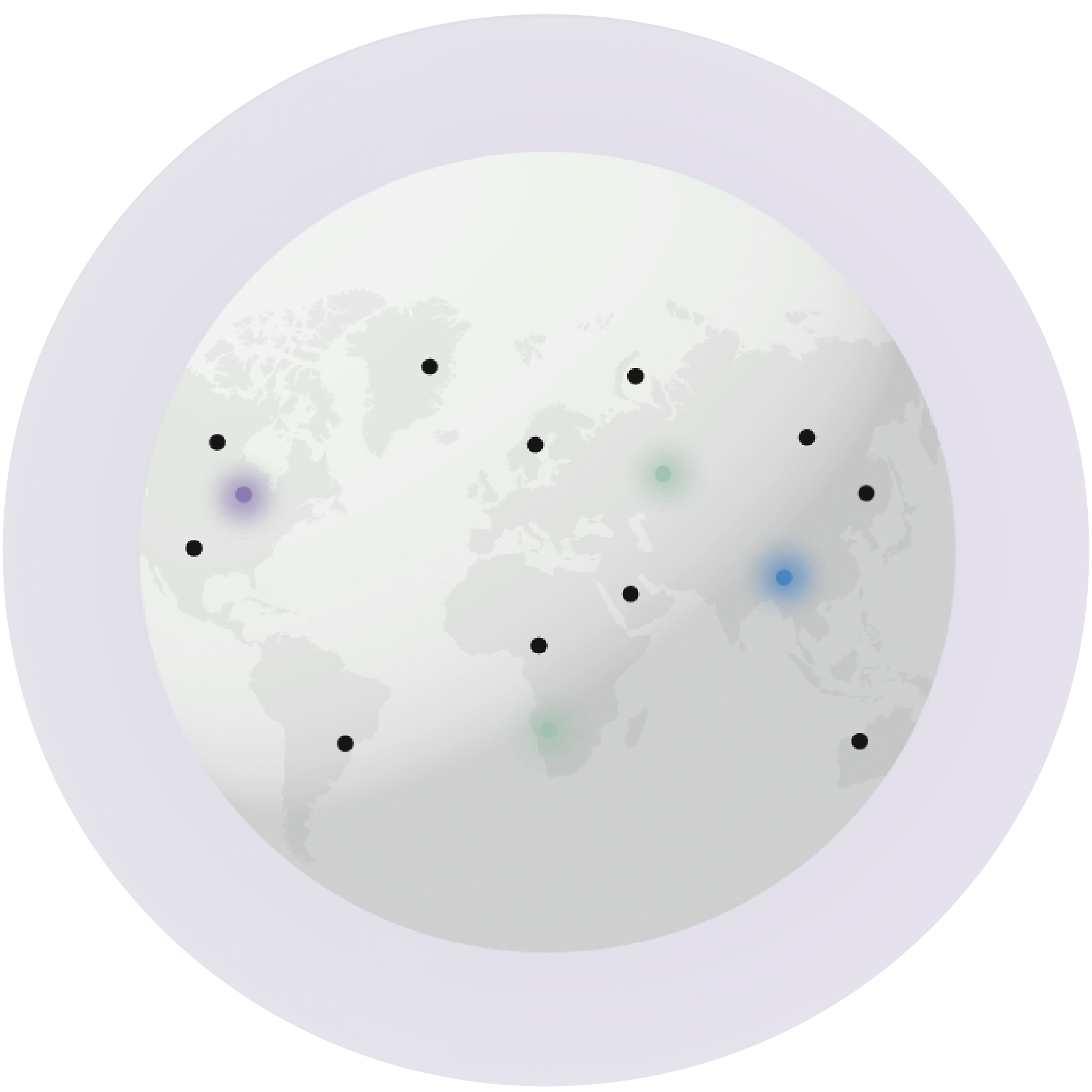Company
Publication Hub

Total results: 604
Head-mounted eye tracker videos and raw data collected during breathing recognition attempts in in simulated cardiac arrest
Year: 2024
Authors: M Pedrotti, M Stanek, L Gelin, P Terrier
2 versions available
Image-Analysis-Based Method for Exploring Factors Influencing the Visual Saliency of Signage in Metro Stations
Year: 2024
Authors: M Yin,X ZHOU, S Yang, H Peng, C LI
1 version available:
Inducing visual attention through audiovisual stimuli: Can synchronous sound be a salient event?
Year: 2024
Authors: I Salselas,F Pereira,E Sousa
7 versions available
Knowing me, knowing you—A study on top-down requirements for compensatory scanning in drivers with homonymous visual field loss
Year: 2024
Authors: B Biebl,M Kuhn, F Stolle, J Xu,K Bengler,AR Bowers
8 versions available
Mediational Affordances at a Science Centre Gallery: An Exploratory and Small Study Using Eye Tracking and Interviews
Year: 2024
Authors: TW Teo, ZHJ Loh, LE Kee, G Soh
3 versions available
Online Multimodal End-of-Turn Prediction for Three-party Conversations
Year: 2024
Authors: MC Lee,Z Deng
1 version available:
Pistol: Pupil invisible supportive tool in the wild
Year: 2024
Authors: W Fuhl, D Weber,S Eivazi
2 versions available
Quantitative Analysis of Physiological and Psychological Impacts of Visual and Auditory Elements in Wuyishan National Park Using Eye-Tracking
Year: 2024
Authors: Y Weng, Y Zhu, S Ma, K Li, Q Chen, M Wang, J Dong
3 versions available
Recognition of marine navigators’ workload based on eye movement features using bridge simulation
Year: 2024
Authors: Y Ma,Q Liu, L Yang, M He
2 versions available
Text a Bit Longer or Drive Now? Resuming Driving after Texting in Conditionally Automated Cars
Year: 2024
Authors: NAN Ch, J Fortier,CP Janssen,O Shaer,C Mills
1 version available:
Explore Cutting-Edge Research in Human Factors and Ergonomics
For researchers and engineers, our library serves as a vital resource, offering the latest insights to inspire innovation and drive projects forward. With a focus on sensor-based studies—utilizing technologies like EEG, ECG, eye tracking, and motion tracking—we provide a platform to explore how these tools enhance understanding of human performance and interaction.
Our unique offerings include advanced simulators for flight and driving, enabling users to study complex human behaviors in controlled environments. By fusing and synchronizing diverse data sources, our platform delivers in-depth analyses across correlated factors, streamlining research processes and saving valuable time.
Ergoneers has been at the forefront of innovation in physiological and environmental data-based research tools for over two decades. Our publication library invites the community to engage in exchange and growth, fostering collaboration around humanitarian goals.
Whether you’re a researcher, an engineer, or an educator, our library is designed to support your work, providing you with the resources necessary to advance your understanding and application of human factors in real-world scenarios. Discover how you can leverage the latest findings to enhance user experience and performance in your field. Join us in shaping the future of human-centered design and research—explore our publication library today!